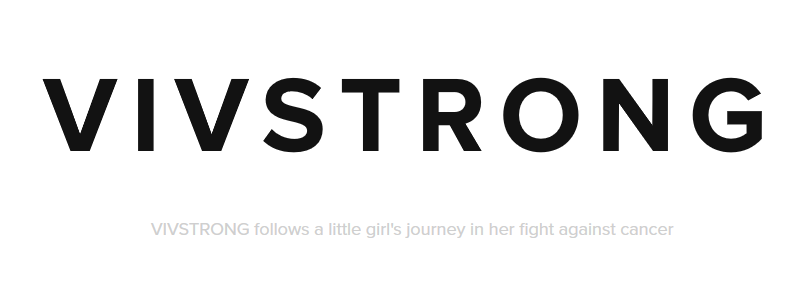The FLIP team has a little girl on our minds who is fighting blood cancer for the second time. A bone marrow transplant saved her life during her first battle.We’d love our followers and friends to become educated on how to become a bone marrow donor. Read more about Viv’s story here.
It may sound frightening and overwhelming at first, but after a little research, donating bone marrow isn’t as complicated or painful as you may have thought. Below you’ll find our step-by-step process from our friends at Be the Match. You just might be able to save a life by giving just 20-30 hours of time over 4-6 weeks (once you’re matched).
Bone Marrow Donation 101
1. Eligibility / How to Become a Donor
· If you live in the US and meet health guidelines, you are eligible for the Be The Match program. Cost will be covered for you to be swabbed if you’re between the ages of 18-44..
· After you register online, you’ll need a simple cheek swab to collect DNA. A kit can be mailed directly to you. Talk about convenient!
· Because of the complexity of matching donors to patients, it could be weeks, months or sometimes years before you’re contacted to donate. The odds of being a match is 1 in 430 persons.
· Once you’re in the registry, you must be willing to donate to any patient in need if you’re a match.
2. What’s Donation Like / How Much Time Does it Take?
· It depends. There are two types:
o Most give through Peripheal Blood Stem Cell ((PBSC) donation; a machine draws blood from one arm, extracts the cells it needs and returns the remaining blood through the other arm.
o Others give through marrow donation; liquid marrow is drawn from the back of the pelvic bone with a needle.
· Depending on the route you take, time commitment varies but isn’t over-the-top. See an outline here.
3. Does it Hurt?
· Probably less than you think; let those myths be debunked!
· Donors are given anesthesia if giving liquid marrow so they feel no pain during the process. Recovery varies from person to person and side effects may include back pain, fatigue, headache or bruising for a few days to a few weeks.
4. What are the Risk Factors?
· The human body is pretty incredible. It replaces the marrow that is given so it only temporarily affects your levels. Any medical procedure has risk associated with it, but every precaution is taken to ensure safety.
For thousands of critically ill blood cancer patients, there is a cure. You could be that cure. Thanks for getting educated on this topic. You can start your process here! Continued prayers + strength for Viv + her family.



